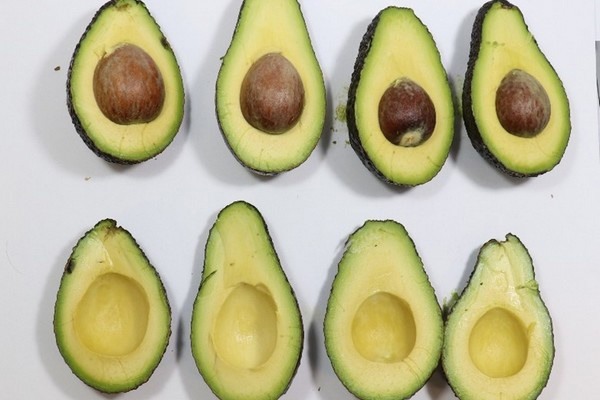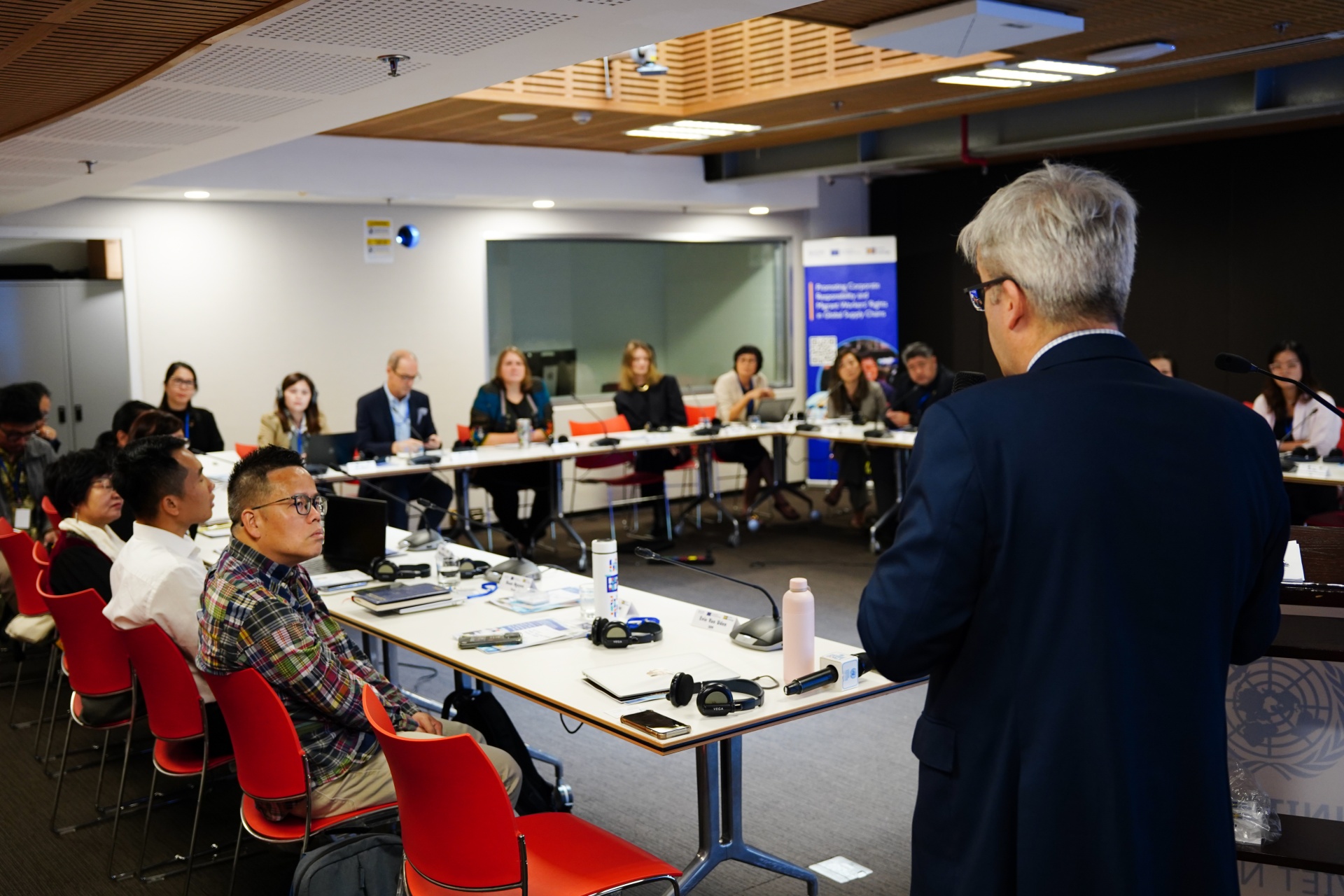Westfalia tests AgroSustain coating to cut post-harvest losses – FreshPlaza

Report on a Strategic Partnership to Advance Sustainable Development Goals in the Fresh Produce Sector
Introduction
Westfalia Fruit has initiated a strategic collaboration with agri-tech firm AgroSustain to implement an innovative edible coating, named Afondo. This partnership is designed to address critical challenges in the global food supply chain, with a direct impact on several United Nations Sustainable Development Goals (SDGs), particularly those concerning food waste, chemical use, and sustainable production.
Alignment with Sustainable Development Goals (SDGs)
SDG 12: Responsible Consumption and Production
The core objective of this initiative is to advance SDG 12 by fundamentally altering production and consumption patterns in the fresh produce industry.
- Target 12.3 (Halve Food Waste): The primary function of the Afondo coating is to extend the shelf life of avocados and other produce, directly contributing to the reduction of post-harvest losses along the entire supply chain.
- Target 12.4 (Responsible Management of Chemicals): Trials have demonstrated that the coating can reduce the necessity for post-harvest fungicides by a minimum of 50%. This significantly lowers the chemical footprint of the products, promoting environmentally sound management of agricultural chemicals.
SDG 2: Zero Hunger
By minimizing food loss, the collaboration supports efforts to enhance food security and promote sustainable agriculture.
- Target 2.4 (Sustainable Food Production): The technology enables more resilient and sustainable food production systems by ensuring a greater volume of produce reaches the end consumer, thereby improving the efficiency of the food system. The future development of a bio-coating for organic crops will further reinforce this goal.
SDG 17: Partnerships for the Goals
This collaboration exemplifies a multi-stakeholder partnership to achieve sustainable development.
- Target 17.17 (Encourage Effective Partnerships): The joint effort between Westfalia Fruit, a global produce supplier, and AgroSustain, a technology innovator, demonstrates a cross-sectoral partnership leveraging technology and market access to drive progress on the SDGs.
Project Implementation and Findings
Phased Trial and Evaluation Process
The project has progressed through a structured, multi-year evaluation to ensure efficacy and market readiness.
- Initial Discussions (2022): The partnership was formed to explore the potential of the Afondo coating for fruit preservation and chemical reduction.
- International Trials: Over a three-year period, trials were conducted on fruit sourced from Colombia, Chile, and Peru.
- European Evaluation: Shipped produce was evaluated at Westfalia’s facilities in Germany and France to assess performance under commercial logistics conditions.
- Commercial Trials: Following positive results, the project has advanced to commercial trials with select European customers to validate performance in real-world market environments.
Key Performance Outcomes
- Operational Efficiency: The Afondo coating can be applied using existing packing-line equipment, allowing for seamless integration into current operations with limited disruption.
- Versatility: The technology has shown potential for a wide range of crops beyond avocados, including passion fruit, mangoes, citrus, nectarines, and cherries.
Future Outlook and Scalability
Expansion and Market Integration
The partnership is focused on scaling the technology to support growers and distributors globally. The successful integration into Westfalia’s supply chain will serve as a model for wider industry adoption, contributing to a global reduction in food waste and reliance on synthetic post-harvest treatments. The planned introduction of a bio-coating for organic produce will further align the initiative with the principles of sustainable and regenerative agriculture, reinforcing its commitment to achieving the SDGs.
Analysis of Sustainable Development Goals (SDGs) in the Article
1. Which SDGs are addressed or connected to the issues highlighted in the article?
- SDG 2: Zero Hunger: By focusing on reducing post-harvest losses, the initiative helps ensure that more of the food that is produced reaches consumers, which contributes to food security.
- SDG 3: Good Health and Well-being: The article explicitly mentions the goal of reducing chemical use, specifically post-harvest fungicides. This contributes to safer food products with fewer chemical residues, promoting consumer health.
- SDG 9: Industry, Innovation, and Infrastructure: The collaboration between Westfalia Fruit and AgroSustain represents an investment in sustainable agri-tech innovation. The implementation of the Afondo coating using existing infrastructure highlights a move towards more sustainable industrial practices.
- SDG 12: Responsible Consumption and Production: This is the most central SDG addressed. The entire project is aimed at reducing food loss and waste along the supply chain, from farm to retail, which is a core component of sustainable production patterns.
- SDG 17: Partnerships for the Goals: The article is centered on the partnership between Westfalia Fruit, a global produce supplier, and AgroSustain, an agri-tech company. This collaboration is a clear example of a private-sector partnership to achieve sustainable development objectives.
2. What specific targets under those SDGs can be identified based on the article’s content?
- Target 12.3: “By 2030, halve per capita global food waste at the retail and consumer levels and reduce food losses along production and supply chains, including post-harvest losses.” The article directly addresses this target by stating the edible coating is “aimed at extending shelf life and reducing post-harvest losses in avocados and other fresh produce” and aims to “lower food waste across the supply chain.”
- Target 2.4: “By 2030, ensure sustainable food production systems and implement resilient agricultural practices…” The initiative supports this target by introducing a technology that makes the food supply chain more efficient and less wasteful, contributing to a more sustainable system.
- Target 3.9: “By 2030, substantially reduce the number of deaths and illnesses from hazardous chemicals and air, water and soil pollution and contamination.” The article’s focus on reducing “chemical use” and “post-harvest fungicide use” directly aligns with the goal of minimizing human exposure to potentially hazardous chemicals in the food supply.
- Target 9.5: “Enhance scientific research, upgrade the technological capabilities of industrial sectors in all countries… encouraging innovation.” The development and commercial trials of the Afondo bio-coating are a direct example of technological innovation in the agricultural sector.
- Target 17.17: “Encourage and promote effective public, public-private and civil society partnerships, building on the experience and resourcing strategies of partnerships.” The collaboration between Westfalia Fruit and AgroSustain is a model of a private-private partnership aimed at achieving sustainability goals.
3. Are there any indicators mentioned or implied in the article that can be used to measure progress towards the identified targets?
- Indicator for Target 12.3 (Food Loss Index): The article implies the use of this indicator by focusing on “reducing post-harvest losses” and “lowering food waste.” The success of the commercial trials will be measured by the quantifiable reduction in spoiled or discarded produce along the supply chain. The extension of shelf life is a direct measure contributing to this reduction.
- Indicator for Target 3.9 (Reduction in Chemical Use): The article provides a specific, measurable indicator: the potential to “reduce post-harvest fungicide use by at least 50%.” This percentage serves as a clear metric to track progress towards reducing reliance on synthetic chemical treatments.
- Indicator for Target 9.5 (Innovation and Technology Adoption): The progress from initial trials to “commercial trials with selected customers in Europe” serves as an indicator of successful innovation and its adoption. The planned launch of a “bio-coating for organic crops” is another indicator of ongoing research and development.
4. Table of SDGs, Targets, and Indicators
| SDGs | Targets | Indicators |
|---|---|---|
| SDG 12: Responsible Consumption and Production | 12.3: Halve food waste and reduce food losses along production and supply chains, including post-harvest losses. | – Reduction in post-harvest losses of avocados and other fresh produce. – Extension of product shelf life. – Reduction of food waste across the supply chain. |
| SDG 3: Good Health and Well-being | 3.9: Substantially reduce illnesses from hazardous chemicals. | – Reduction in post-harvest fungicide use by at least 50%. |
| SDG 9: Industry, Innovation, and Infrastructure | 9.5: Enhance scientific research and upgrade technological capabilities. | – Successful implementation of the Afondo edible coating in commercial trials. – Development and future launch of a bio-coating for organic crops. |
| SDG 2: Zero Hunger | 2.4: Ensure sustainable food production systems. | – Implementation of a technology that reduces waste and chemical dependency in the food supply chain. |
| SDG 17: Partnerships for the Goals | 17.17: Encourage and promote effective public-private and civil society partnerships. | – The formal collaboration between Westfalia Fruit and AgroSustain to test and implement a sustainable technology. |
Source: freshplaza.com
What is Your Reaction?
 Like
0
Like
0
 Dislike
0
Dislike
0
 Love
0
Love
0
 Funny
0
Funny
0
 Angry
0
Angry
0
 Sad
0
Sad
0
 Wow
0
Wow
0















































/environment-climate-change-and-health-(ech)/water-sanitation-hygiene-and-health-(wsh)/landfill-tuvalu-36092.tmb-1200v.jpg?sfvrsn=5c21fe40_1#)


.jpg.webp?itok=0ZsAnae9#)
























